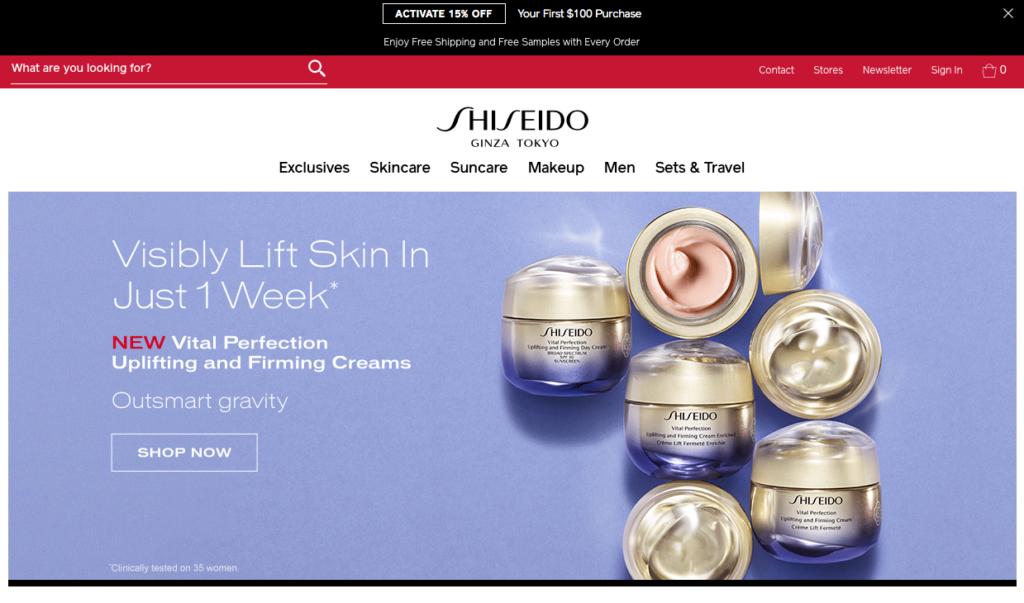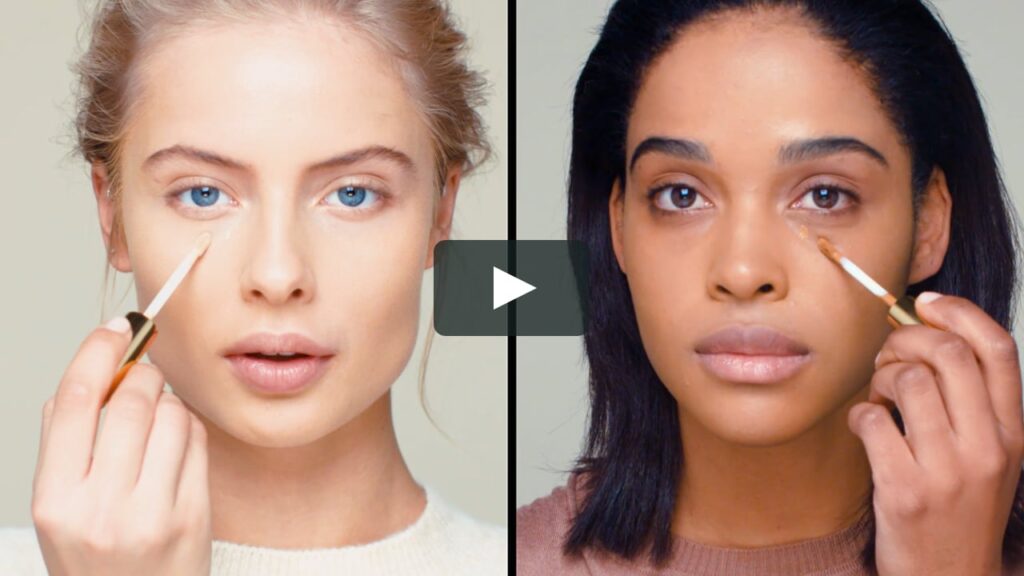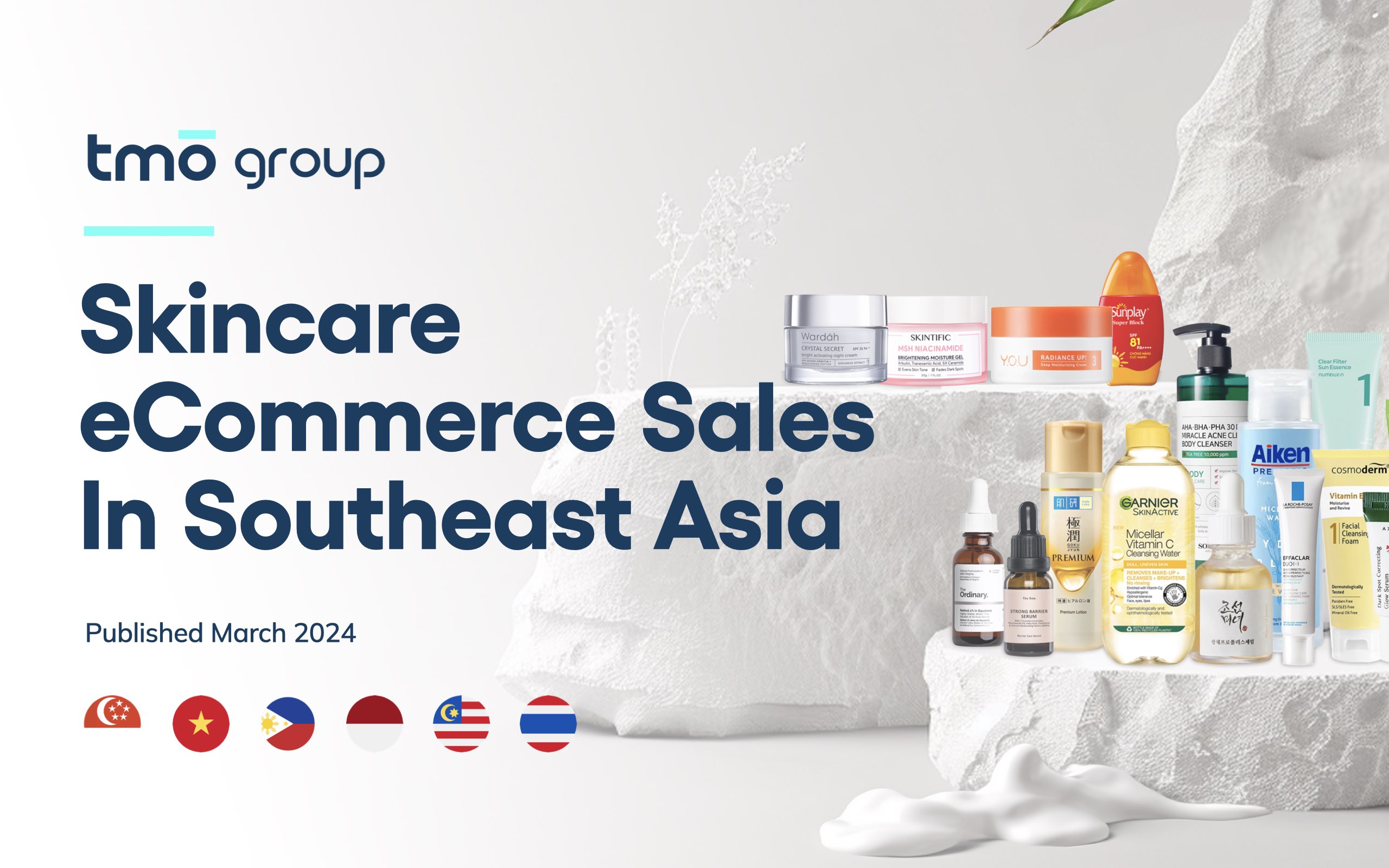It's a surging trend in the cosmetics industry: digital transformation. Even before the Coronavirus took hold, cosmetics companies were leaning into digitalization. But now around the world, we've seen the virus affect all walks of life. During this time, the advantages that digital transformation offers the cosmetics industry are more apparent than ever. In this article, we take our home turf of China as a model to examine just why digital transformation is such an attractive leap for cosmetics brands to make.
The Global Shift to Digital Transformation: A Background
The past few decades have seen an incredible societal shift. The Internet morphed from niche communication tool to a dominant force in most people's lives. And in that time, eCommerce has grown from an alternative to mail order to a powerful global sales channel. Consequently, in China and the West some say that eCommerce has reached its saturation point. This has meant that some brands are sticking to offline channels to avoid the fierce competition online.
It's worth pointing out here that digital transformation doesn't just mean setting up on an eCommerce platform, or using digital marketing. Digital transformation is an umbrella term that covers many areas. For example, online-offline integration, omni-channel growth strategies, and embracing digital sales models.
Cosmetics Industry
Surveys have shown that more than 60% of consumers prefer to shop offline for cosmetics products even in eCommerce-obsessed China. This has made it tempting for some brands to remain offline and avoid the aforementioned stiff competition. Nonetheless, several leading brands have completed digital transformation over the past decade. For some, eCommerce comes across more as opportunity than challenge. For some early adopters, there was a chance to establish dominance before the sales channel became too crowded. Whatever the motivation, we've seen the eCommerce penetration rate among cosmetics brands rise year after year around the world.
Brand performance has varied in the cosmetics industry during the pandemic crisis, in part due to differing levels of digitalization. Some cosmetics brands had stayed ahead of the trend, already having completed digital transformation some time ago. Others reacted quickly to the Coronavirus crisis by undergoing digital transformation quickly after it began. Looking at China, which now seems to be emerging out of the crisis, there are plain correlations. Meihuatai moved to close its offline stores amid quarantines and a substantial decrease in foot traffic. Meanwhile, New Zealand brand Mystery grew more than 100% thanks to its existing online focus.
Experts have suggested that during these tough times, cosmetics are one of a number of product categories that see increased consumer interest because of the "treat yourself" factor. This is looking to become even more important as the world moves towards recovery and as consumers "reward" themselves after weeks staying inside.
Opportunities & Advantages
Online Face-to-Face Marketing
Is there an industry more suited to face-to-face marketing than makeup & cosmetics? The relevance here is immediately obvious. So it should come as no surprise that its online incarnation is seeing strong results too. Consumers can now flick through various streams and join in video calls where they can see products used before they decide to buy some for themselves.
This connection between cosmetics and face-to-face marketing has also been a big part of why we saw KOL marketing truly come into its own in this industry. But beyond company livestreams and KOL promotions, we're also seeing this technique used on a more personal scale. Companies that use or encourage social commerce are actively pursuing video calls as a sales technique.
Standing Out Online
For all that cosmetics eCommerce seems increasingly saturated and overcrowded, it is fair to say that the offline cosmetics industry is even more so. Traditional advertising often means paying large amounts for minimal exposure. Meanwhile, digital marketing costs can be competitive, while offering multiple different paths to success. Also, there are a variety of available online sales channels, like social commerce, a standalone app or website, or setting up on a thriving marketplace.
This online presence also provides a new opportunity to establish a stronger visual brand identity. Beyond the traditional means such as packaging and posters, brands can now establish themselves visually through UI and UX also.
Futuristic Functionality
Quite simply, there are some things that only technology can do. Digital transformation offers a lot more than just setting up a digital store and advertising online. And there are some applications that seem uniquely suited to the cosmetics industry.
For example L'Oreal has launched an online makeup and hair color testing feature. This means that shoppers can experiment with trying new looks and L'Oreal products virtually without leaving home. Or even while out and about, on the go, thanks to our increasingly mobile digital lives.
Deeper Customer Insights
An additional benefit of a digitalized business model is greater access to data. Without even resorting to online surveys, brands can track and monitor customer interest and purchase behaviors far more easily in the digital sphere. Therefore, brands can gain new insights and develop new strategies and focuses in response. Whether that means pushing one particular product over others, or even responding on a local scale to see what works in different areas of each market.
Automation and Timing-Specific Sales Models
Digitally transformed cosmetics brands can take advantage of online store functionality in another way. This is especially relevant when it comes to products with a fairly stable consumption pattern, such as makeup remover and daily skincare products. Because these patterns follow a stable and regular buying pattern, brands can offer regular purchase models to consumers who are sure that they want to keep purchasing them at these intervals. This provides a huge convenience to consumers and ensures stability and customer loyalty for brands.
Preordering and pre-sales are also easier to facilitate online, and more accepted by consumers. These can be used to judge interest prior to production or before a second wave of production begins.
Easy Border Crossing
In previous decades, launching a product overseas was a huge logistical and financial undertaking. Establishing a sales presence was difficult for all but the largest multinational brands. But digital storefronts and localized apps are easy to set up, and selling cross-border often means reduced red tape and legal hoops to jump through. Therefore brands like Bonjour in Hong Kong have found eCommerce to be a relatively low risk way to test out a market before diving in headfirst.
If you're interested in learning more about digital transformation, check out our Taking Your Offline Business Online in 2020The Coronavirus has shown the vulnerability of purely offline businesses. Now is the time to start looking into taking your offline business online.recent Setting Up Your Own eCommerce Platform: Digital Transformation Part 2The benefits of taking your business online are clearer than ever. But given the cost of making it big on existing platforms, is using your own the answer?articles on the challenges and decisions involved in taking your offline business online.















